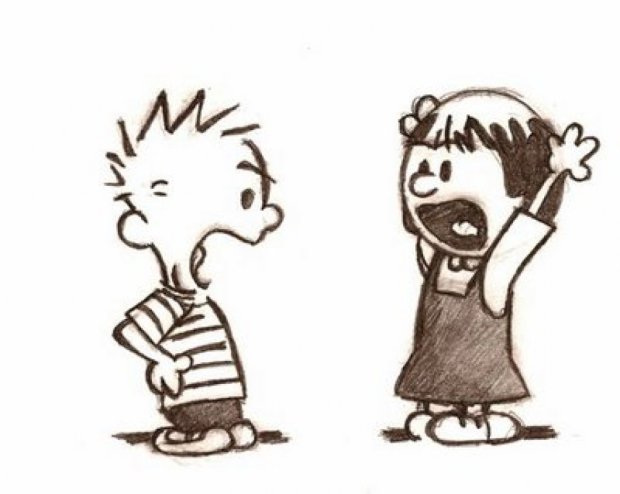It is the human condition to be our own worst enemies. Yes, life can get hard and it will throw various obstacles and challenges at us, creating all kinds of stress and distress. However, much of our anguish will come from the stories we tell ourselves.
We often think that we feel emotions as a reaction to a stimulus or a change in our environment. This makes us feel powerless and as if we are slaves to our emotions. In reality though, our emotions are usually reactions to our thoughts.
For example, when a relative or someone close to us dies, we feel sad. This may seem like an automatic response, but we first process the information with our rational mind and tell ourselves the story that we will miss them, or that we will never see them again. Our sadness is a reaction to the thought process rather than a direct result of the event.
In this case, the emotional reaction is highly appropriate. The problem is that it is extremely common for us to tell ourselves the wrong story.
A good example would be insecurities. If you ever notice yourself feeling inexplicably anxious, sad or angry, ask yourself the question: what am I telling myself?
You may find that the reason that you are angry every time your colleague talks to you is because you are telling yourself that they are lazy. You may be frustrated whenever a friend doesn’t reply back to your messages because you think they are avoiding you. You may feel sad whenever you look in the mirror because you tell yourself that you are not physically attractive enough. You may be telling yourself that your partner does not love you whenever they go quiet and withdrawn suddenly.
The importance of understanding this concept is that it lets you be more in control of your emotions and lets you diagnose the problems affecting your mental health. Once you know what story is causing the emotion, you can examine the story. When we run the story through a rational filter, we may find that our reaction was completely irrational.
The “lazy” co-worker may be going through a rough time making it difficult for them to work efficiently. Your friend may be busy at work, hence not able to reply. You may be objectively attractive and in good physical health, but your poor self-confidence may be creating a false story. It could be that withdrawing themselves is your partner’s normal coping mechanism when they are dealing with their own problem and it may have nothing to do with you.
This is also useful in a relationship setting, as you can ask your partner how your actions make them feel and what they are telling themselves in that situation to better break down what the true issue is. This lets you both resolve the issue in a more constructive, peaceful manner.
The bottom line is, to improve our mental health, we must examine and alter the stories we tell ourselves. If you tell yourself the worst stories, it will become reality. So ask yourself: what kind of stories am I telling myself and how is it affecting my life? You may be surprised to see how different life can be when you get your stories straight.






